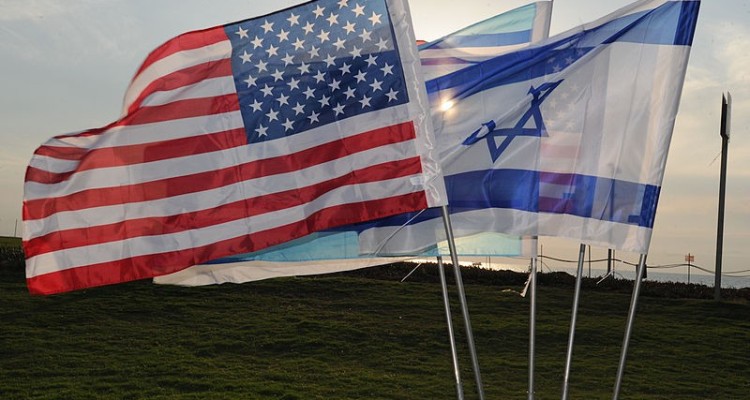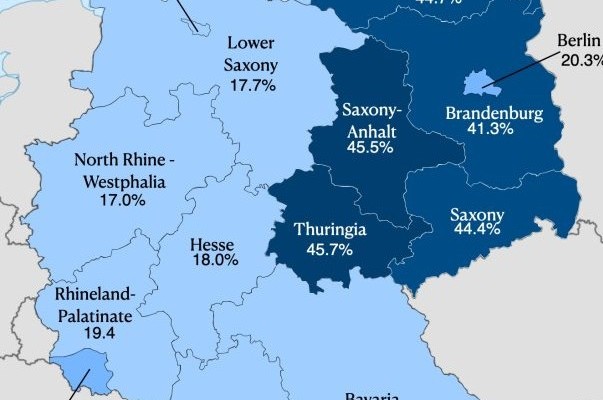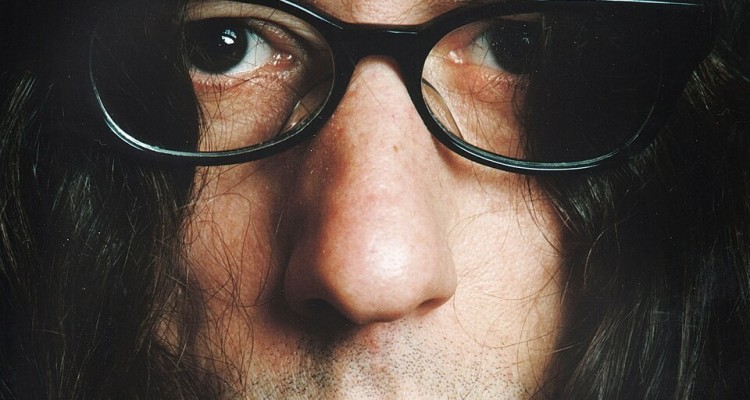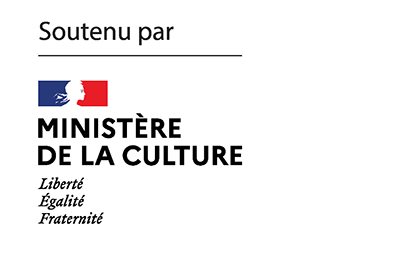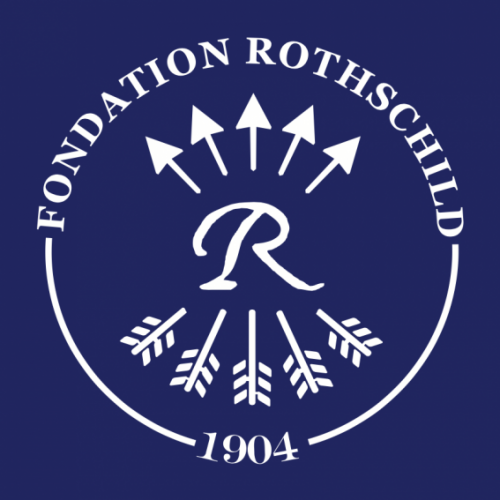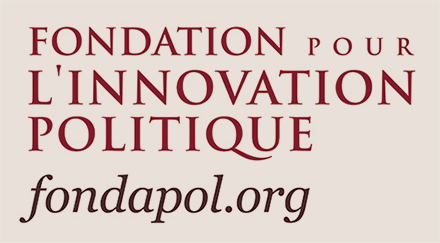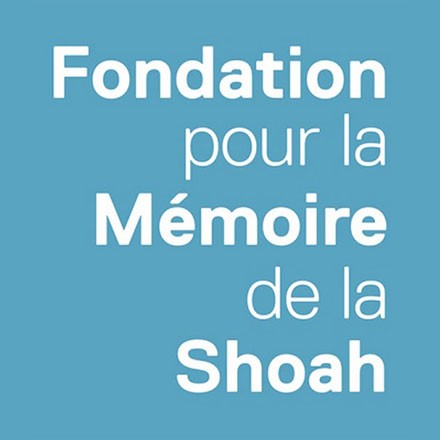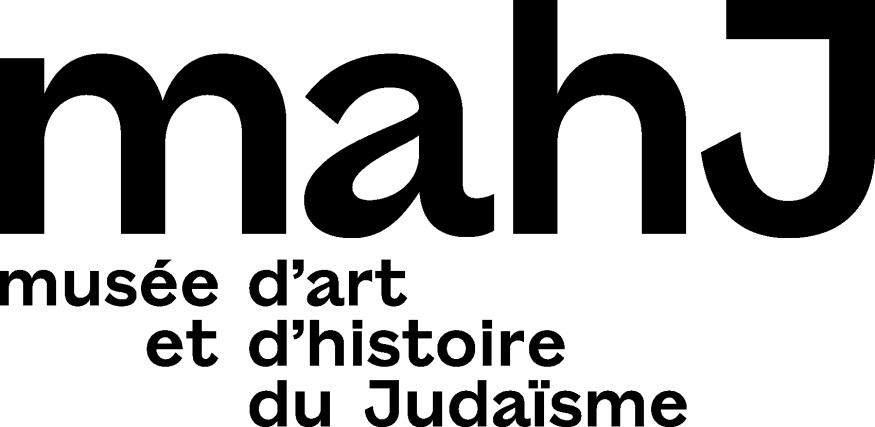In this latest instalment of our series on antisemitism in Europe, produced in partnership with DILCRAH, Liam Hoare looks at Austria’s strategy for combating hatred and prejudice against Jews. In this first part of his investigation, which will be concluded next week, he focuses on the desire to ensure the continuity of Austrian Jewish life, notably through an educational policy. But how does this fit in with Austria’s history of collaboration in the Nazi crimes?
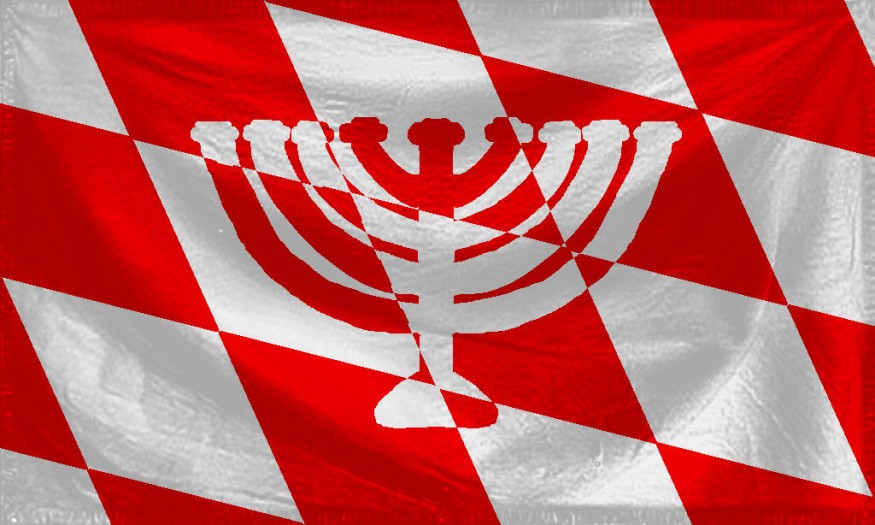
I meet Benjamin Nägele, secretary general of the Jewish Community of Vienna (IKG Wien), a few days after the Austrian government announced it would increase its annual financial support for the community from €4 million to €7 million.
As we talk in his office located in the same complex as the Stadttempel, Vienna’s main synagogue, Nägele explains that “the security expenses of the Vienna community alone are higher than €4 million.” Security is the Austrian Jewish community’s biggest outgoing—“not because we want to but because we have to.” Nägele says “there was a much-needed increase in subsidies for Jewish life in general,” even more so “in the context of exploding inflation.” The annual budget of the IKG Wien went up from €19 million in 2022 to €22 million in 2023. This includes €10 million in personnel costs.
A strategy to promote Jewish life
The Austrian federal government’s financial support is part of the Law on the Safeguarding of Austrian Jewish Cultural Heritage (ÖJKG). It is the first of 38 measures that make up Austria’s National Strategy Against Antisemitism. Published in 2021, the strategy synthesis the work of various different government departments on antisemitism into a single document “with the aims of securing the continued long-term existence of Jewish life in Austria, curbing antisemitism in all its forms and creating an awareness which recognizes antisemitism in everyday life.”
The annual financial support is conditioned on or tied to specific policy areas agreed by the federal government and the Jewish community from security and support for Jewish youth organizations to interfaith dialogue and Jewish cultural events. “We always say that the most important measure against antisemitism is the support and expansion of a proud, open, and integrated Jewish life within our society,” Nägele tells me. “This is our biggest and best answer to antisemitism and what we believe is our strongest tool to combat it is to open ourselves up to society and show Jewish life in all its facets and what Jewish life is all about.”
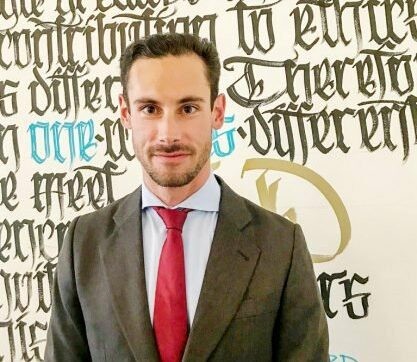
“Since 2021, the economic and geopolitical conditions have changed for everyone, including the Jewish community,” Karoline Edtstadler (People’s Party, ÖVP), Austria’s minister for Europe and the constitution, tells me. As such, the government committed to raising its support to €7 million so that various projects tied up with that money related to security, intercommunal dialogue, and the fight against antisemitism “did not run out of steam at the halfway stage.” The goal of the ÖJKG, Edtstadler says, “is to safeguard Austria as a center for Jewish life in the long-term. In many parts of Europe, we see a decline in the Jewish population. Here in Austria, we want to be a counterpoint to that.”
A focus on education
“I am proud,” Karoline Edtstadler tells me, “that we were, in January 2021, the first European Union country to introduce a National Strategy Against Antisemitism.” When conceiving the strategy, the minister explains that the Austrian government’s highest priority was to “define goals and measures that would staunch antisemitism in all its forms and, as such, secure the continued existence of Jewish life in Austria in the long-term.” The strategy’s measure, then, do not only deal with security, but also education, research, crime and punishment, and integration.
Indeed, the completed National Strategy Against Antisemitism is structured in the form of 38 measures that derive from six strategic pillars and objectives: education, training and research; the security and protection of Jewish communities and institutions; effective law enforcement; general condition in the area of integration; documentation and Europe-wide comparison of data; and, societal approach. The latter means “ensuring society-wide action and exchange between state and private institutions with a view to preventing antisemitism in all its forms.”
Work on the strategy was led by the Austrian federal chancellery and involved the ministries of justice, foreign affairs, education, labor, and defense. The final document is a reflection of that cooperation since many of the measures are the preserve or responsibility of the ministries themselves. The justice ministry, for example, would need to oversee the “evaluation and potential legislative revision” of Austria’s Prohibition Law on National Socialist activity and Holocaust denial and an “increase of protection against violence and hate online” via the “implementation of a package of measures for efficient combating of online hate and other forms of digital crime.”
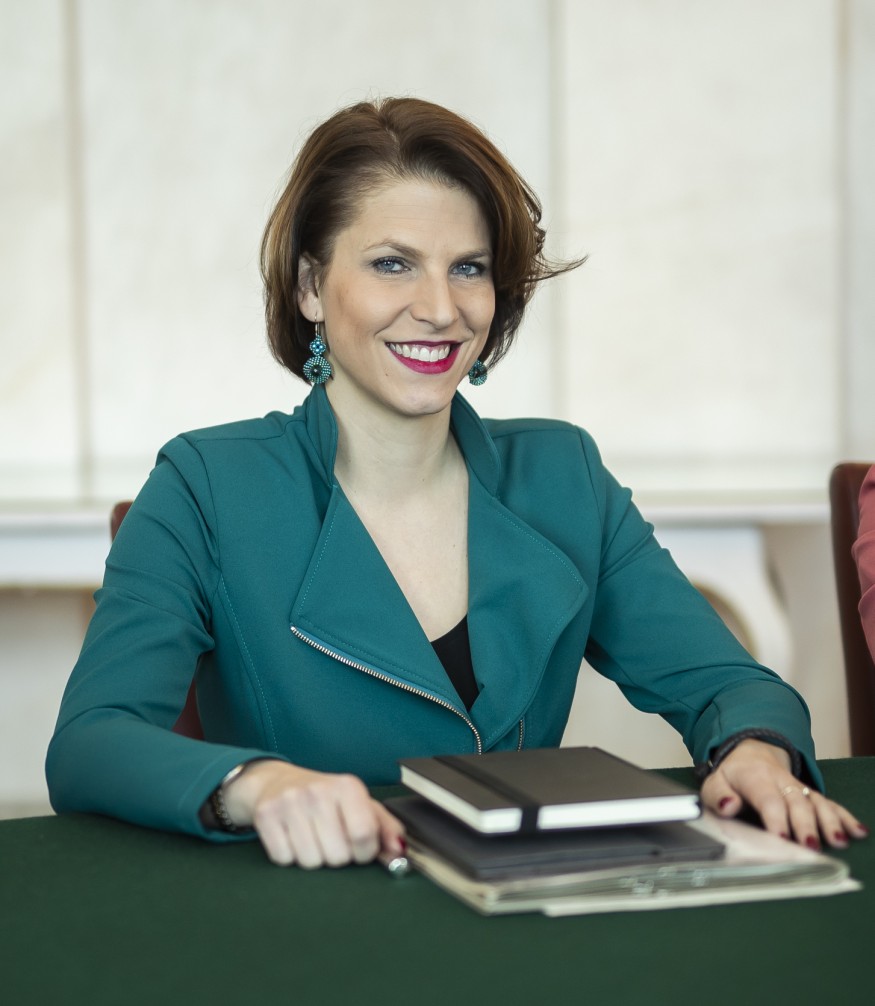
Karoline Edtstadler, Wikimedia CommonsAlong with relevant NGOs and civil society groups, the IKG was also consulted about the strategy. “It wouldn’t make any sense to formulate a strategy [against antisemitism] without taking the Jewish community’s current issues and concerns into account,” Edtstadler says matter-of-factly. For Benjamin Nägele, the National Strategy Against Antisemitism is “a working document that we can use as a foundation, not only in our day-to-day work when it comes to fighting antisemitism, but most of all for the ministries and the different players involved” who need to do the work of combating antisemitism—something the Jewish community cannot and should not do alone. The measures in the strategy are a kind of yardstick by which the community can hold the government to account.
The IKG itself is involved in implementing some of the strategy’s measures, especially those that fall under the heading of education, training and research. One example of this is their role in shaping the content of the values and integration courses for refugees and migrants given by the Austrian Integration Fund (ÖIF), which were expanded at the beginning of 2022 to encompass, among other things, antisemitism. “The goal is to inform and sensitize immigrants in the context of antisemitism and to point out options for action if they happen to witness an antisemitic incident,” a spokesperson for the ÖIF tells me.
Nägele recalls that the IKG “was approached by the ÖIF and asked to set up from scratch two specific seminars to give them a tool to combat antisemitism.” Working with the historian and educator Awi Blumenfeld and experts in education from the IKG’s own schools, they helped to craft a curriculum that places learning about Austrian Jewish life at the center of combating antisemitism. “We explain what the history of Jews in Austria is, but also the present and what the future of the community holds for us: how well-integrated it is and inseparable it is from Austrian life and culture.”
We are confronted with left-field questions such as “Do Jews pay taxes? »
The ÖIF informs me that participants also “learn that discrimination against Jewish as well as the denial, trivialization, and approval of Nazi crimes are prohibited by law in Austria and will be punished severely. They also learn how to take a firm stand against antisemitism, should they hear or witness antisemitic incidents.” Via their cooperation with the IKG Wien, the ÖIF believes “the result is a well-balanced course module in which an appreciative and non-prejudicial approach is balanced with clear cornerstones in terms of content.”
Meanwhile, the strategy’s goal of “supporting youth projects related to integration that educate people about antisemitism, radicalization, propaganda and the importance of peaceful dialogue between cultures and religions” has resulted in the expansion of the IKG’s Likrat program, which the strategy describes as “exemplary.” Likrat, Jennyfer Mitbreit of the IKG’s Wien youth department tells me, “is a dialogue program where young Jewish people”—aged 14 to 18, trained by professional coaches and speakers—”get sent out into schools and other educational institutions to talk about their Judaism.” Originally a Swiss project, Vienna’s Likrat program was founded in 2015, and since then, 140 young Likratinos and Likratinas have participated in it.
This peer-to-peer method “creates an intimate atmosphere where it’s easier to talk about all topics,” Mitbreit says. Questions, her colleague Beatrice Kricheli, chair of the IKG’s Wien youth department, adds, range from ‘How do you keep Shabbat?’ and ‘Are you allowed to drink alcohol?’ to left-field ones like ‘Do Jews pay taxes?’. Through these encounters, Likrat aims to break down antisemitism and anti-Jewish prejudices by answering questions and overturning misconceptions and stereotypes students may have. By having Likratinos and Likratinas talk about their Judaism moreover, Likrat seeks to show the diversity and plurality inherent in Judaism and the Viennese Jewish community.
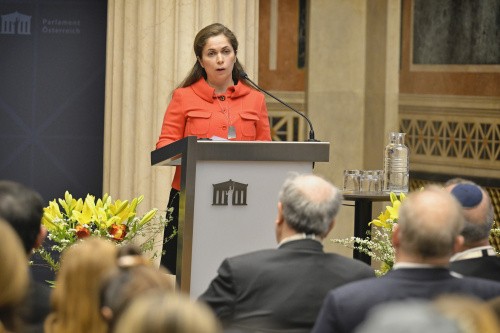
Whether in schools or other educational institutions, Likrat has found itself operating in very challenging situations, as Kricheli explains. “We went to a school where the teacher also happened to be Jewish, which her students did not know. She was preparing with the class for the encounter, and she collected questions. She got pieces of paper where swastikas had been drawn on them. She got questions like, ‘How is it to be gassed?’ ‘Why didn’t Hitler kill all the Jews?’ ‘Why do Israelis do to the Palestinians what the Nazis did to the Jews?’” After Likrat’s visit, Kricheli says students were thinking about those questions they asked, why they asked them, and why they were wrong—“it got them thinking and some of them even apologized afterwards and said, ‘I’m sorry, I didn’t understand actually why I said this.’”
Thanks to the National Strategy Against Antisemitism—to the ÖJKG and additional funding from the federal chancellery—Likrat has been able to expand significantly since 2021. The program now reaches beyond secondary schools to primary schools, universities, police academies, pensioners’ clubs, and the Austrian Football Association. As for its core work, “we have more demand from schools than we can actually supply right now because Likrat is such a brand at this point,” Nägele says. “We’re trying to bring in as many Jewish students as possible, but actually, due to the size of the community, we cannot provide as much as we would like. But it’s a huge success.”
Assuming responsibility for the crimes of the past to build the future of Austrian Jewish life
When Austria held the presidency of the Council of the European Union in the final six months of 2018, one of the country’s focus areas was the struggle against antisemitism. 2018, it should be recalled, was a significant Gedenkjahr, commemorative year, for Austria marking, first, 80 years since the Anschluss with Nazi Germany in March 1938, and second, 80 years since the November pogrom or Kristallnacht, in the course of which some 6,000 Austrian Jews were rounded up and deported to concentration camps and 25 of Vienna’s 26 synagogues were destroyed.
In December 2018, the Council of the European Union agreed the Council Declaration on the fight against antisemitism and the development of a common security approach to better protect Jewish communities and institutions in Europe. The declaration invited EU member states to adopt the IHRA Working Definition of Antisemitism (which the Austrian government had already done in April 2017) and “implement a holistic strategy to prevent and fight all forms of antisemitism as part of their strategies on preventing racism, xenophobia, radicalization and violent extremism.” Austria’s National Strategy Against Antisemitism stems from this declaration.
The timing of Austria’s Council of the European Union presidency vis-à-vis the Gedenkjahr was happenstance. And yet, the country’s focus on the fight against antisemitism during that time and its later adoption of the National Strategy Against Antisemitism are inseparable from this politico-historical context. “Both aspects, Austria’s past and future, set the tone for the strategy’s implementation,” minister Karoline Edtstadler tells me. Indeed, the question of why Austria adopted a national strategy against antisemitism cannot be answered without reference to Austria’s coming to terms with its Nazi past and the strengthening of Austrian Jewish life: two parallel developments whose beginnings date back to the 1980s.
Waldheim represented an old, encrusted way of thinking and was a symbol for the uneasy relationship between Austria and its Nazi past.
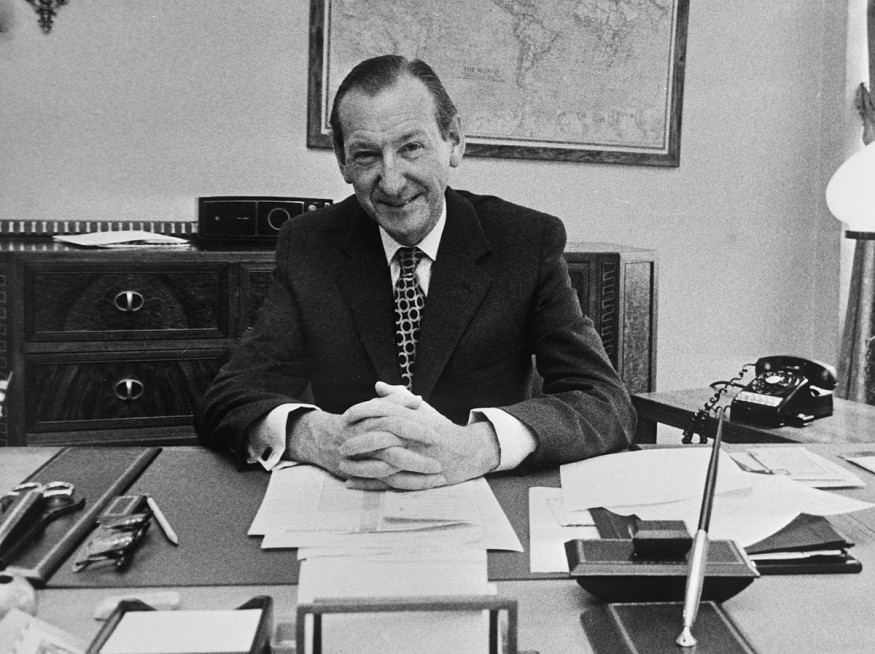
In 1986, former United Nations secretary general Kurt Waldheim ran for the Austrian presidency. During the campaign, it emerged that he had previously lied about the extent of his wartime service. Waldheim was found to have been a member of both the SA and the Nazi student movement. He was accused by the World Jewish Congress (WJC), which led the investigation into Waldheim, of having been engaged during his military service in mass deportations of Greek Jews. The WJC further found that Waldheim had been an intelligence officer in the Yugoslavian theater where he participated in the Kozara massacre of Yugoslav partisans and was honored for his service.
Waldheim denied knowledge of events in Greece and Yugoslavia, which is spurious considering, first, he had been an intelligence officer, and second, that the deportation of Greek Jews was widely reported and known about at the time. In interviews during the campaign, Waldheim further defended himself by constantly emphasizing the terribleness of war and German and Austrian suffering. To that end, Waldheim represented an old, encrusted way of thinking and was a symbol for the uneasy relationship between Austria and its Nazi past.
The Waldheim affair was painful in the short term, especially for the Austrian Jewish community, for the 1986 presidential campaign brought to the surface a kind of antisemitism among the Austrian public that had hitherto been latent. In the long term, however, 1986 was a hinge year for Austria and the Second Republic. It became the moment the myth, born during the Second World War itself, that Austria was the first victim of National Socialism and taboos around talking about the past were shattered. The Waldheim affair set Austria on a course towards confrontation and reckoning.
In 1991, then-chancellor Franz Vranitzky formally acknowledged Austrian historical responsibility for Nazi crimes; two years later, he made a historic visit to Israel. In 1995, Austria established the National Fund for Victims of National Socialism in order to pay out compensation and restitution. The first memorial to Jewish victims of the Holocaust was unveiled on Vienna’s Judenplatz in 2000. In 2020, Austrian nationality law was amended to allow the descendants of victims of National Socialism to reclaim the Austrian citizenship that was stolen from their forebears—without having to give up their existing citizenship. These are but some manifestations of the post-Waldheim coming to terms with the past. The National Strategy Against Antisemitism is another.
Austria’s National Strategy Against Antisemitism, then, is as much about Austria’s coming to terms with its Nazi past and assumption of co-responsibility for Nazi crimes as it is about the parallel strengthening of Jewish life in Austria and Jewish community institutions.
“The expulsion, persecution, and murder of Jews during the Nazi period tore open a void in our society that can never be closed,” Edtstadler explains. The minister sees the National Strategy Against Antisemitism and the other aforementioned developments in the context of Austria “seriously assuming its responsibility” for the past “and I am proud, that in the particular in the past five years we’ve been able to make major steps forward” including the construction of the Wall of Names Holocaust memorial, which records the names of the more than 64,000 Austrian Jewish victims of the Shoah and was unveiled in 2021.
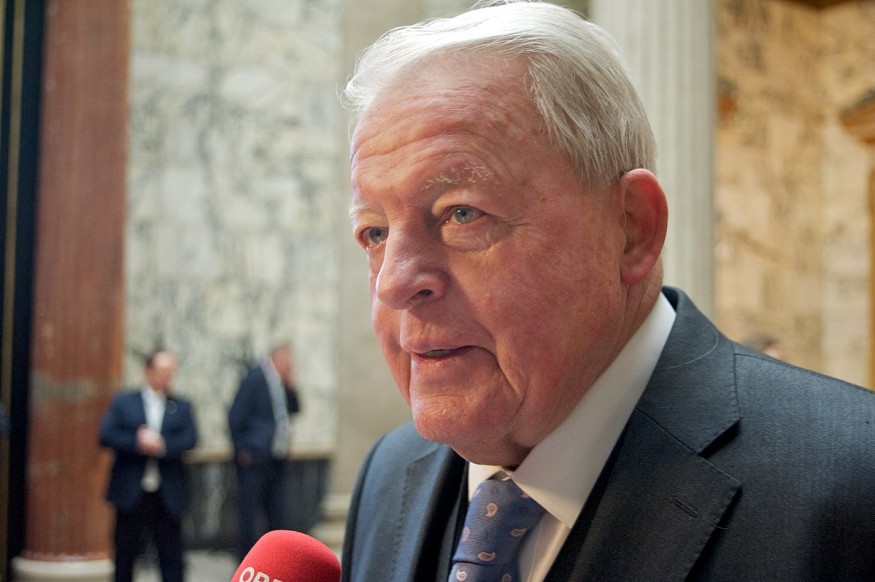
As for Austrian Jews, the filmmaker Ruth Beckermann says in her outstanding movie about the period, The Waldheim Waltz (2018), that via her engagement in the anti-Waldheim protest movement, whose members were Jewish and non-Jewish, she no longer felt alone in Austria. “We could voice the opinions of our parents”—the generation of the Holocaust—“who felt they could not do it,” the Austrian writer and historian Doron Rabinovici, who was part of that protest movement, explained to me for a previous article published by K.. The Jewish community then was “much more cautious than they are today.”
The Waldheim affair changed the very nature of the Austrian Jewish community, which became more independent and self-confident, first under the leadership of Paul Grosz, president from 1987 to 1998, and then his successor Ariel Muzicant, president from 1998 to 2012. The IKG went through a period of institution building: ESRA, the Jewish community’s psychosocial center (1994); the Jewish Vocational Training Center (1998); and, a new campus for the Zwi Perez Chajes School, the Maimonides Center old age residential care facility, and the sports club Hakoah Vienna (2008). Community leaders also became more vocal and assertive, as evidenced by Muzicant’s conflicts with the far-right Freedom Party.
Austria’s National Strategy Against Antisemitism, then, is as much about Austria’s coming to terms with its Nazi past and assumption of co-responsibility for Nazi crimes as it is about the parallel strengthening of Jewish life in Austria and Jewish community institutions. The result of these two processes—one national, one communal—has been an ever-increasing centralization of Jewish community concerns to Austrian political life and a recognition on the part of the Austrian government of the importance of Jewish life and culture and the fight of antisemitism to Austria as a whole. The National Strategy Against Antisemitism was born in that spirit.
